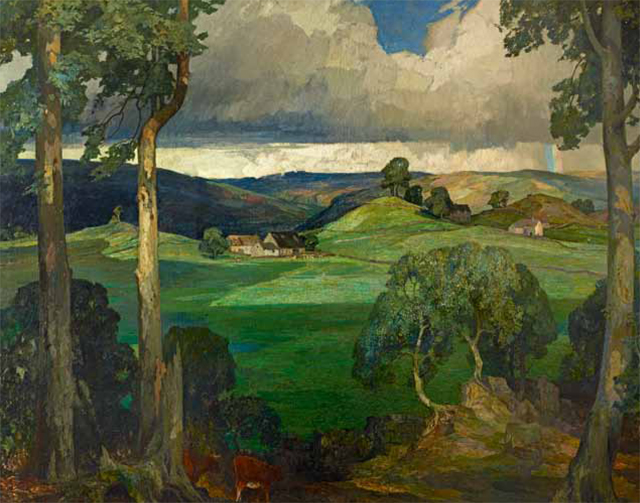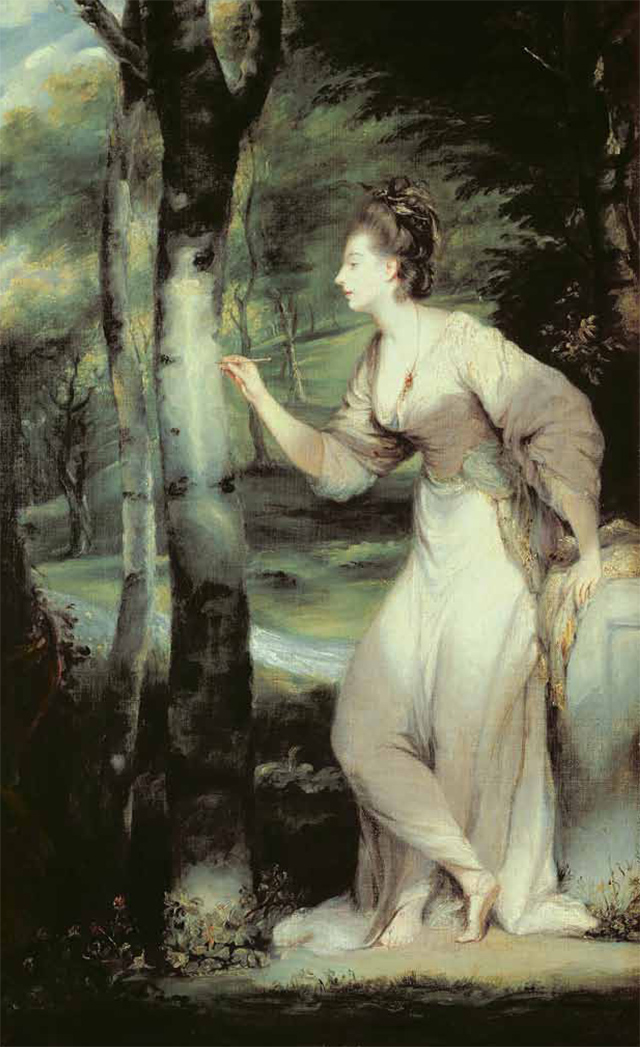My Favourite Painting: Richard Coles
Richard Coles chooses his favourite painting for Country Life.


The Revd Sir John Dolben Bt, 1717, by Sir Godfrey Kneller (1646-1723), 30in by 25in, Private Collection.
Rev Richard Coles says: 'I love this painting, because it’s of one of my most agreeable predecessors, the vicar of Finedon (1714–56), who donated to the church our famous organ, which he somehow—it’s slightly mysterious—obtained from Queen Anne’s private chapel at Windsor. He also, rather engagingly, donated his body to medical science to prevent ‘my dear children or grand children being subject to be distress’d by the same sore Distempers with which I have been Afflicted’. He now lies with them in the family vault.'
Rev Richard Coles is a clergyman, broadcaster and musician. A host on BBC Radio 4’s Saturday Live, he was in The Communards, whose Don’t Leave Me This Way was the best-selling single in 1986. His memoir, Fathomless Riches, was published last month.
John McEwen comments: 'The Welsh Dolbens’ connection with Northamptonshire dates from William Dolben, rector of Stanwick in the early 17th century. His eldest son, John (1625–86), became Archbishop of York and John’s two sons married heiress sisters of Finedon, Northamptonshire. The eldest, Gilbert, was created a baronet in 1704 and his son, vicar of Finedon, is the subject of Sir Godfrey Kneller’s portrait.
Kneller was the first artist baronet. He was knighted by William III in 1692 and promoted to a baronetcy in 1715 by George I. Sir John’s portrait was commissioned at the height of Kneller’s fame. He must have paid good money; in 1720, Kneller lost £20,000 in the South Sea Bubble financial crash, but, as the engraver and antiquary George Vertue wrote of him in 1722, he still had ‘clear two thousand a Year income’.
Kneller was born Gottfried Kniller, a son of an official of Queen eleanor of Sweden’s Court and chief surveyor of Lübeck, Germany. He studied mathematics at Leiden before his father gave in to his artistic demands and sent him to be taught by Rembrandt and Ferdinand Bol in Amsterdam. He made his artistic name in Italy and came to england in 1676.
His career was unaffected by political change and he was Principal Painter to every monarch from Charles II to George I. He is Britain’s most prolific portraitist and was admired by Hogarth, Reynolds and Gainsborough. Horace Walpole (1717–97) successfully rubbished him as an inferior Van Dyck; but, in our time, he has been restored to the front rank by the late Sir Ellis Waterhouse and Sir Oliver Millar.'
Exquisite houses, the beauty of Nature, and how to get the most from your life, straight to your inbox.
This article was first published in Country Life, November 5, 2014
More from the My Favourite Painting series

My Favourite Painting: HRH The Prince of Wales
HRH The Prince of Wales chooses his favourite painting for Country Life.

My Favourite Painting: Rupert Sheldrake
Rupert Sheldrake chooses his favourite painting for Country Life.

My Favourite Painting: Bruce Oldfield
Bruce Oldfield chooses his favourite painting for Country Life.
Country Life is unlike any other magazine: the only glossy weekly on the newsstand and the only magazine that has been guest-edited by His Majesty The King not once, but twice. It is a celebration of modern rural life and all its diverse joys and pleasures — that was first published in Queen Victoria's Diamond Jubilee year. Our eclectic mixture of witty and informative content — from the most up-to-date property news and commentary and a coveted glimpse inside some of the UK's best houses and gardens, to gardening, the arts and interior design, written by experts in their field — still cannot be found in print or online, anywhere else.
